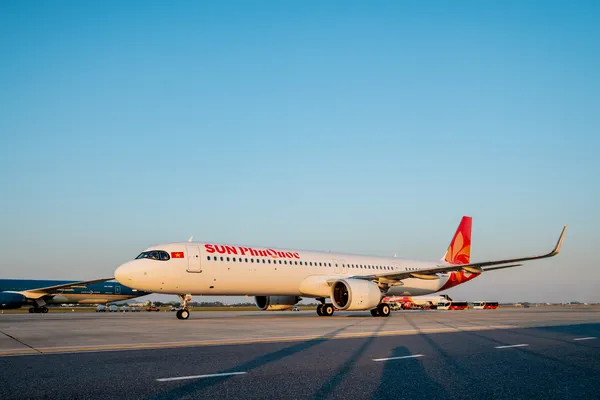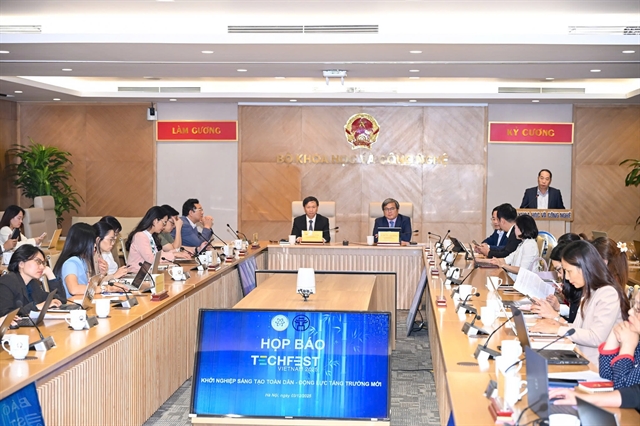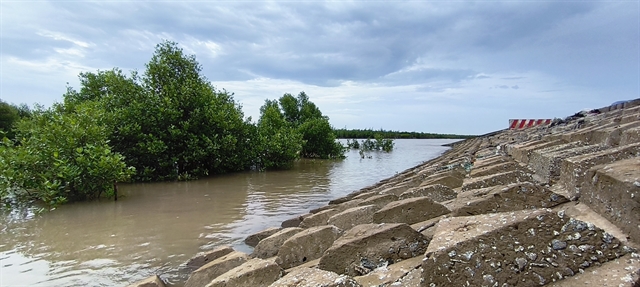 Economy
Economy
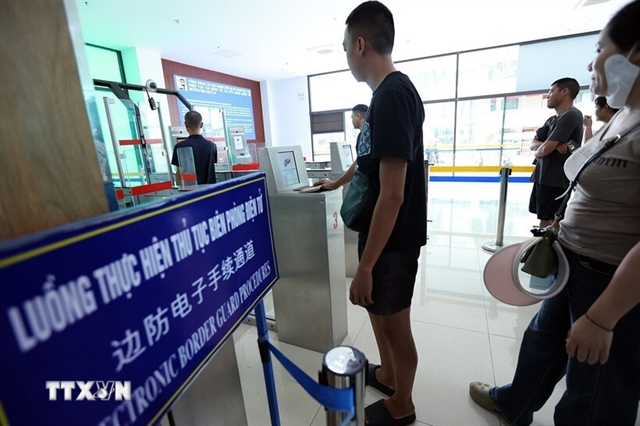
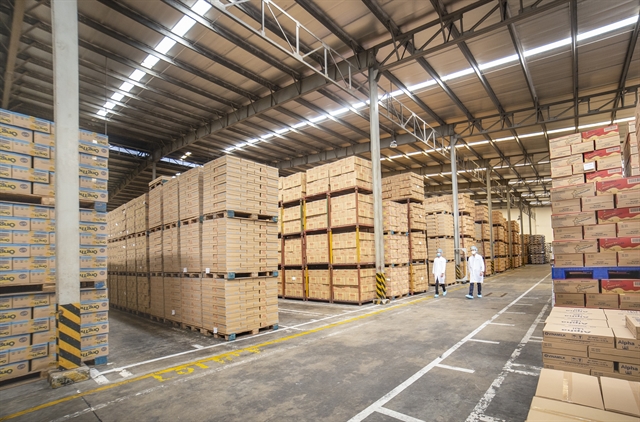
|
| Vinamilk's warehouse. Flexible inventory helps ensure domestic supply and export. — Photo courtesy of Vinamilk |
HÀ NỘI — COVID-19 is a harsh test for businesses and the whole economy which compels companies to adapt and change to not only survive but also recover and grow stronger as soon as the pandemic is under control.
Each business will have a different way of solving this problem.
At a typical large-scale enterprise like Vinamilk, dual goals (stabilise production and prevent the disease) are implemented based on three key spearheads: Governance, Technology and People.
Flexible management for speedy response
For most businesses, even short-term production plans are usually drawn at least six months in advance. However, continuous outbreaks of COVID-19 have changed this significantly.
According to Vinamilk’s CFO Lê Thành Liêm, businesses had to change their planning from a 6-month or 1-year plan to a less than 3-month plan. The management board must closely monitor and regularly update the market situation to make timely decisions.
For example, at the initial stage of the pandemic in Việt Nam, Vinamilk had to find ways to reduce inventory to optimise cash flow. But at the time when the disease intensified, disrupting the supply chain and causing input materials to be in short supply, Vinamilk adjusted its strategy to increase inventories to promptly supply production activities.
"If keeping inventory at a normal level, it will not meet the plan implementation of the next quarter," Liêm said.
In addition, Vinamilk has taken advantage of its nationwide production and distribution system to stabilise production even when some localities had to implement social distancing measures.
Technology increases flexibility
One of the most profound and obvious impacts of COVID-19 is forcing businesses to move “from offline to online”. At this time, technology comes to the fore in ensuring smooth business operations.
At Vinamilk, the employment of technology and investment in digital transformation has been implemented for many years.
For example, the ERP system (enterprise resource planning) was employed 15 years ago which helped facilitate sales and distribution activities, improving business efficiency. The cashless payment system also helped Vinamilk’s payment system run smoothly.
Vinamilk’s factories and farms all apply automation and 4.0 technology, ensuring systematic and remote management.
"Vinamilk's supply chain operates entirely on the information technology system, connecting from the input - the purchase of raw materials - to the final output - the product to the consumer," Vinamilk’s representative said.
The company also equips technologies, tools and software to support communication and remote work including e-Office, online browser system, solutions to help employees access company data from home and digital signatures to ensure smooth operation in the company and with partners even during the "work-from-home" time.
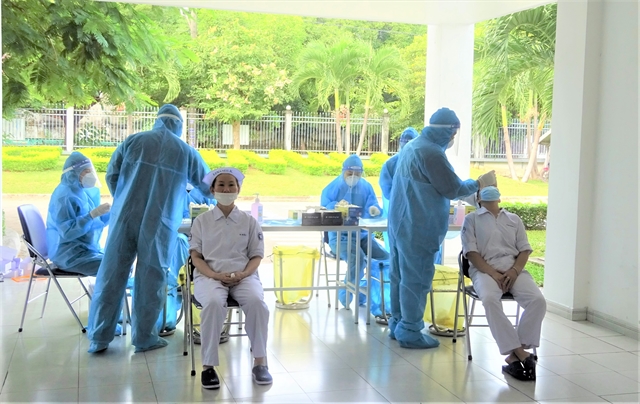
|
| Employees at "three on-site" unit are tested periodically. |
People - the decisive factor
Confronting COVID-19, human issues have become more important than ever. The critical issue at this time is to ensure the health and safety of employees to maintain stable business and production amid the pandemic.
From the beginning of 2020, Vinamilk has established a professional support committee for COVID-19 prevention and control, disseminating information and guiding employees to comply with the preventive measures while being online 24/7 to support problems related to the disease. The company also provides employees with preventive tools and nutritional products.
In addition, Vinamilk also makes employees feel secure to work with full salary and welfare payment policy; enhancing support for employees at “three on-site” units; and proactively supporting employees in testing and vaccination.
Braving challenges, Vinamilk still rose six notches to 36th position in the world’s Top 50 dairy producers by total sales in the 2021 ranking by UK-based Plimsoll Publishing Ltd. The company also appeared in Brand Finance's Top 10 Most Valuable Milk Brands in the world with a valuation of US$2.4 billion.
Even when the pandemic is under control, the market picture will never return to the way it was before. Businesses need not only strength and endurance, but also flexibility and sensitivity to find development directions when the economy returns to "new normal". — VNS


